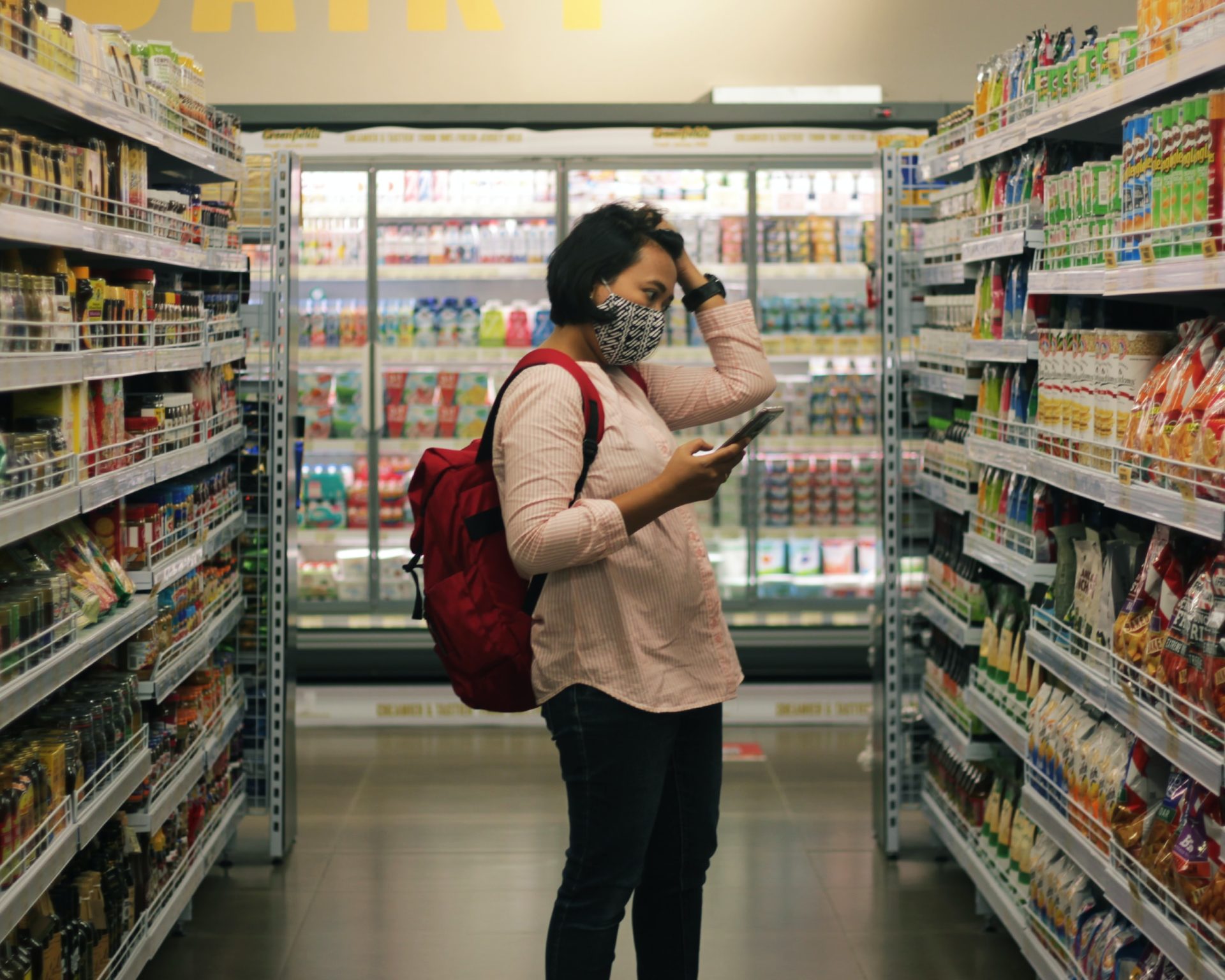
Half of UK shoppers have tried new ways of grocery shopping during lockdown
Since 2015, our Shopper Barometer has been tracking shoppers’ behaviour and attitudes, enabling us to see how habits and feelings towards shopping have evolved.
Is it time for brands to review their channel strategy?
As four months of lockdown approaches and non-essential shops start to re-open, we take a look back at how attitudes and behaviours towards shopping have changed over the past few years.
Since 2015, our Shopper Barometer has been tracking shoppers’ behaviour and attitudes, enabling us to see how habits and feelings towards shopping have evolved and whether new norms and routines are starting to emerge as a result of the coronavirus pandemic.
“The weekly shop is back in fashion” Dave Lewis, Tesco chief executive
Not only does sales data corroborate this, but our data also strongly supports it too.
Between 2015 and 2018, about half of shoppers reported trying to stick to a main shop with few top-up shops in between. This figure increased to 70% during lockdown with 26% reporting not doing any top up shops at all between their weekly or fortnightly main shops.
As in previous years, we do see differences in shopping trips by demographic, with families and younger shoppers more likely to engage in more frequent top-up shops.
However, these new results don’t necessarily mean the end of convenience stores, as sales in the sector are expected to increase by 8% in 2020. This will be driven by increased basket spend and shoppers turning to their local convenience stores for planned main and top up shops, when stores struggle to keep up with demand.
“We’ve seen more families taking time to sit down for a meal […]. And we’d say this is a trend that’s here to stay.” Rupert Thomas, director of food and grocery at Waitrose
Many of us have adapted meal time and meal planning. With an increase in meal planning comes an increase in shopping planning and list writing, especially since the one-way systems in store make it tricky to go back to pick up a forgotten item.
In the past five years, we’ve seen a consistent trend towards stricter list writing and sticking to them. The trend has increased sharply during lockdown: two thirds go shopping with a written list, 31% of whom stick to the list religiously (a sharp increase from 23% in 2018). This has important consequences for brands as items are more likely to be decided before point of purchase, influencing navigation and consideration in store – some aisles might be by-passed and categories completely ignored. And depending on the categories, it could also mean that brands and SKUs are decided pre-store, suggesting different purchase journeys and different key touchpoints to leverage.
“When people get into the habit of ordering their groceries online it’s likely to be sticky,” Mike Coupe, former Sainsbury’s CEO
With supermarkets experiencing unprecedented demand for home grocery deliveries, GlobalData expects the UK online food and grocery market to grow by nearly 20% in 2020.
As Mike Coup suggests, there are natural challenges that come with online shopping. But despite the struggle to do things such as book a coveted delivery or arrange a click & collect slot, our data shows that the demand is there. One in ten (10%) UK shoppers ordered their groceries online (from a supermarket) for the first-time during lockdown, with a further 5% experiencing click & collect for the first time in the same period.
And that’s without counting all alternative online channels such as Amazon, subscription meal boxes, fruit and veg boxes or D2C channels, trialled by 13% for the first-time during lockdown.
“It’s heartening to see that the public has seen the benefit of shopping locally.” Nick Matthews, Co-operatives UK chair
The pandemic has caused us all to take stock of what’s really important to us, and shopping locally has certainly been something that has risen on the agenda for many.
It seems the lockdown is igniting our inquisitive nature, with almost half (48%) saying that they had shopped from a completely new channel in the last few months.
Our 2020 Shopping Resolutions study in January 2020 found that 18% of shoppers intended to shop more locally and support their local retail community more this year. And the lockdown may have helped facilitate that intent, with 11% shopping for the first time from a local greengrocer, butcher, farm or market stallholder and a further 4% discovering the benefits of their local convenience shop as of early June.
So, what does the future hold for shopping as lockdown measures ease further?
It is always difficult to predict behaviours as they are so often linked to external factors, as we have experienced during the coronavirus pandemic. But one thing is for sure, we all have had to think about the way we do things, we’ve all had to adapt and many of us have tried new things and new ways of shopping, some of which we liked, some of which we didn’t. Either way, we have learnt about our priorities, our preferences and our options. Seeds of behavioural change have been planted. So which behaviours are likely to stick?
Our survey shows that about a third of shoppers expect to stick to shopping lists and weekly shops post lockdown (i.e. when schools, offices and pubs and restaurants all fully opened), while 8% plan to rely less on lists and weekly shopping – overall a net increase of 25%.
We also see a net positive increase in those planning to shop online more (11%) and those planning to shop local / independent more (16%) post lockdown.
But old habits die hard, and we also see that once shoppers are able to go out and about more, convenience (25%) and price (19%) will become leading criteria again when it comes to choosing where to shop.
Plus, with all of these new shopping channels recently discovered and at their disposal, what to buy might be more strictly planned and set but where to buy will be the real question.
Get in touch to speak to one of our retail and shopper experts and find out how we can help you understand shopper’s needs, attitudes and behaviours during the pandemic, and going forward.
To get further information on consumer sentiment and behaviours during the Covid-19 crisis, our Coronavirus Data Tracker is updated on a daily basis.





